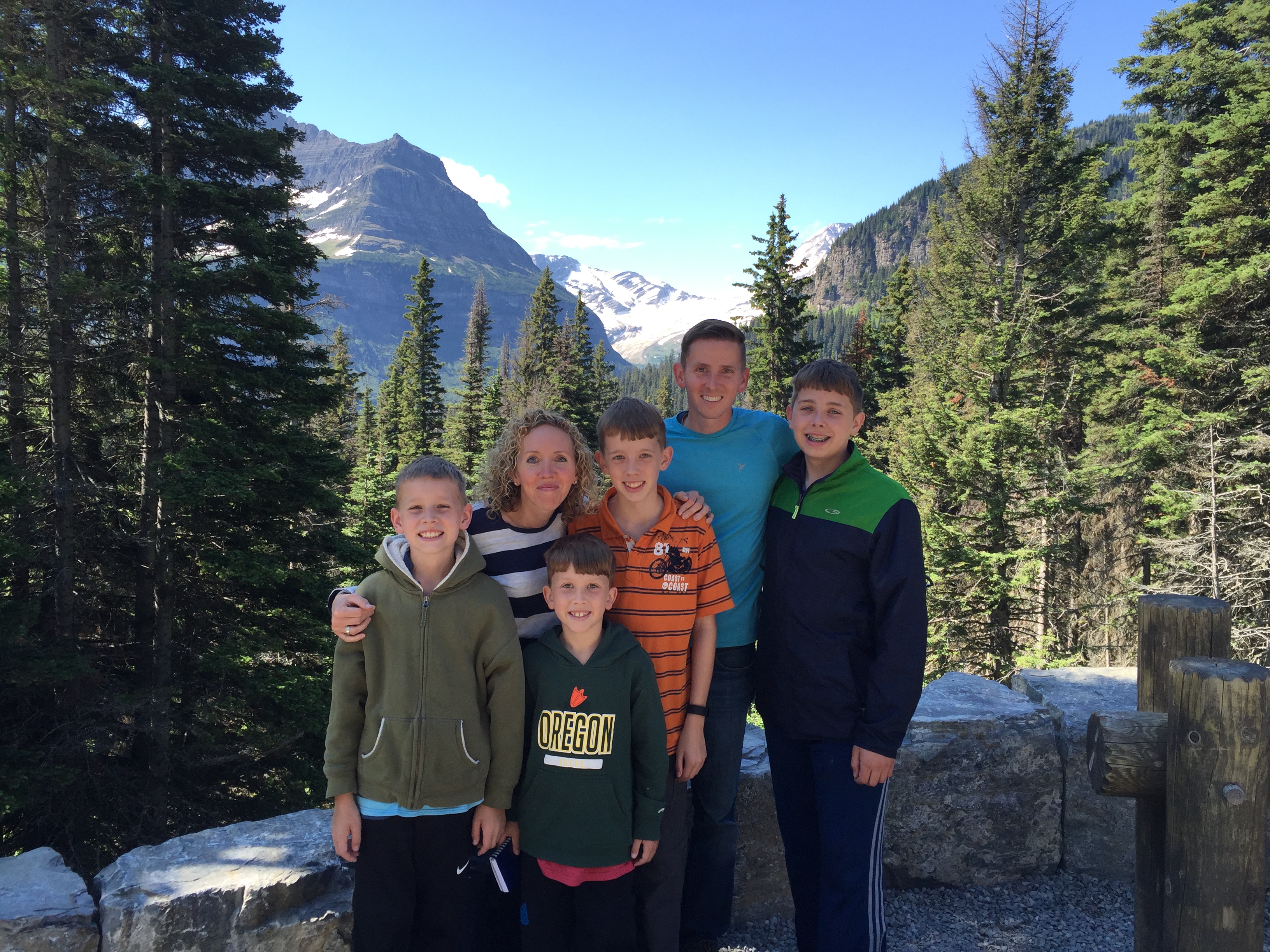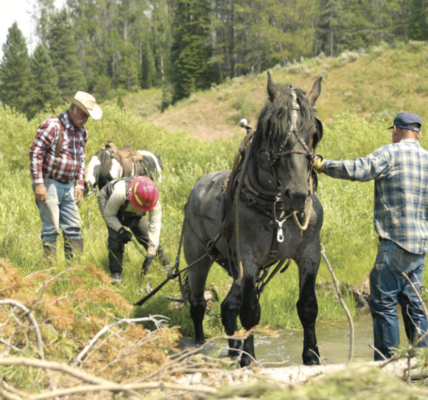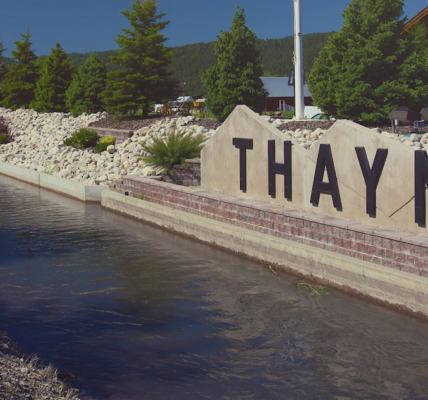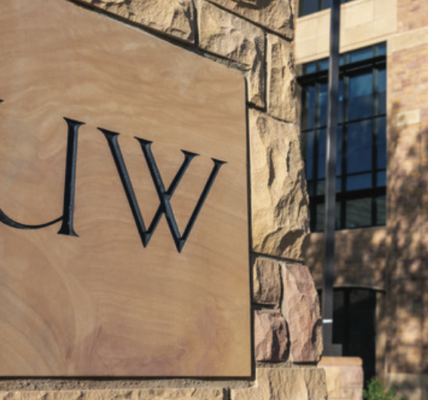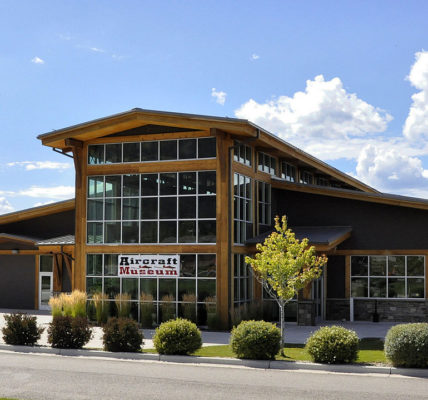It’s high road trip season in the USA. My family has hit the open highway for a three-week expedition that includes reunions, national parks, music camps and visits with friends.
Judging from the number of RVs and suitcase-stuffed minivans sharing the road, we’re not the only ones with such ambitions. In fact, according to a 2017 MMGY Global report, “39 percent of U.S. leisure travel in the last 12 months included a road trip.” This is a 17-point increase from the year prior. The great American road trip is more popular than ever.
As a kid, I loved road trips. This was back before mandatory seat belts, which meant we could make beds on the top of the luggage pile in the trunk, in the narrow passage between the seats and the sliding side door, or on the crumb-encrusted floor. I read Beverly Clearly books with abandon. We played the alphabet game, the license plate game and sang a mildly shocking song called “The Ladies of the Harem of the Court of King Caractacus.” My mom, an intrepid adventurer, drove us all over the country in this fashion, from East Coast to West.
We’ve carried along many of these traditions with our own kids. The family minivan has chewed up thousands of interstate miles. We’ve visited a dozen national parks. We’ve seen the inside of a lot of gas station bathrooms, from the horrifying to the squeaky clean. We’ve eaten meals of granola bars and dry bagels and sun-warmed tap water. We still sing “The Ladies of the Harem of the Court of King Caractacus.” We ooh and aah at America’s natural wonders and moan our way through the long, tedious stretches of Wyoming and Nebraska.
Not only does this seem requisite for childhood, it seems requisite for being American.
In 1919, on the heels of World War I, a group of Army vehicles, 81 in total, set out to accomplish what they considered the first cross-country road trip. The purpose was to see how easy it would be to move an army across the entire continent. Nothing of the sort had ever been attempted. Starting in Washington, D.C., the convoy crawled at a pace of 58 miles per day across Pennsylvania, Ohio, over the Rockies and eventually into California, finishing in San Francisco. The trip, which was 3,251 miles long, took 62 days, according to Archives.gov.
One of the two dozen officers who came along, purportedly just for fun, was a young lieutenant colonel named Dwight Eisenhower. Inspired by this cross-country drive, and the later autobahns of Germany he observed as Supreme Allied Commander during World War II, President Eisenhower signed the Federal-Aid Highway Act of 1956. Today’s interstate system became known as the “Greatest Public Works Project in History.”
Nearly a century after that first convoy, the idea of the road trip is quintessentially American, a way for a free-spirited people to venture across this vast country. The interstate system now comprises 46,874 miles of open road.
Judging by the variety of languages and cultures we’ve observed at places like Yellowstone and the Grand Canyon, the great American road trip isn’t just for Americans anymore. We’ve met people from all over the world who come to the States for a piece of that adventuresome magic.
And I do believe there is a magic to it. Somewhere between the dust-blown rest stops and glittering cities, the big-name tourist attractions and the stretches of forgotten desert, the rivers and valleys and red rock and rolling hills and cows and corn and corn and corn, is America, stitched together by a past and future and a love of exploration.
You can see it any which way, but after all these years, I still prefer the view from the driver’s seat.
Tiffany Gee Lewis, a freelance writer, lives in the Pacific Northwest with her husband and four sons. Email: tiffanyelewis@gmail.com
![]()

